The Art of Wayang Kulit Posted by sasha on Jan 27, 2015 in Uncategorized
The arts are an important part of Indonesian culture, whether you’re traveling on Sumatra or Papua. One of the most famous performing arts in this spread out archipelago nation is wayang kulit, or shadow puppets. Let’s take a closer look at this ancient performing art, starting with the origins of the name.
What Does Wayang Kulit Mean?
In modern Indonesian, the word wayang can be loosely translated as “show” or “performance.” Many, however, believe this is actually based on the word bayang, meaning “shadow.” Another theory is that this is actually a combination of two old words – waya, meaning “ancestors,” and ang, meaning “symbol.” To make things even more confusing for you, these days people just use wayang to mean the actual puppet itself. Kulit means “leather” or “skin,” which makes perfect sense seeing as how the puppets are made from leathery buffalo hide. These days, wayang kulit can also be used as an idiom to express the shady goings on behind the scenes in the political arena.
History of Wayang Kulit in Indonesia
It is believed that the art of wayang kulit was imported to Southeast Asia from India. Wherever it originally came from, this unique art and performance has remained a crucial part of both Javanese and Balinese culture for centuries. In fact, it is thought to be one of the oldest continuous traditions of storytelling in the world. In 2003, UNESCO even designated wayang kulit as a Masterpiece of Oral and Intangible Heritage of Humanity.
Making the Puppets
This traditional art is most popular in Central Java and the region of Yogyakarta, where you can visit workshops and take in nightly performances. As previously mentioned, the puppets are traditionally made out of a buffalo hide. Carving these intricate characters out of a leathery hide is no easy task, and it’s quite impressive watching a craftsman at work. The puppets are then painted in a meticulous and detailed manner. Finally, they are mounted on bamboo sticks and are ready to be used in a performance. Alternatively, tourists are encouraged to take one home as a souvenir. In some workshops, you’ll also find other figures and even some cool masks for sale.
The Performance
Most performances of wayang kulit are based on two traditional Indian Hindu epics – the Mahabharata and Ramayana. In Indonesia, elements of Buddhism and Islam – as well as local folklore – have been combined with the traditional Hindu stories. Sometimes the story is purely based on Indonesian history and myths, while others are based on local happenings. It’s all up to the puppet master to decide which direction he wants to take the show in. Known as dalang in Indonesian, he is indeed the star of the show. It is the dalang‘s job to manipulate the puppets, do the voices for each character, make sound effects, and cue the accompanying gamelan orchestra. This is no easy task, especially when you consider that some wayang kulit performances go on all night long. Don’t worry, though – there are shorter versions that are more appropriate for tourists who will have a hard time following the story.
The basic set up of a wayang kulit performance is this – you have the gamelan orchestra set up behind the dalang. He sits behind a fine cotton screen (called kelir) with his array of puppets, and either an electric light or a coconut oil lamp will cast shadows on the screen. The audience sits on the other side of the screen and watches the figures come to life, backed by the sounds of the gamelan.
Despite the language barrier, an evening of wayang kulit is a cultural experience not to be missed when traveling in Indonesia. In Yogyakarta, you can catch the nightly performance at Sonobudoyo Museum from 8 to 10 PM for just 20,000 Rupiah (about $2). If you can’t make it all the way to Jogja, you can at least check out a highlight reel of the performance:

Build vocabulary, practice pronunciation, and more with Transparent Language Online. Available anytime, anywhere, on any device.
About the Author: sasha
Sasha is an English teacher, writer, photographer, and videographer from the great state of Michigan. Upon graduating from Michigan State University, he moved to China and spent 5+ years living, working, studying, and traveling there. He also studied Indonesian Language & Culture in Bali for a year. He and his wife run the travel blog Grateful Gypsies, and they're currently trying the digital nomad lifestyle across Latin America.




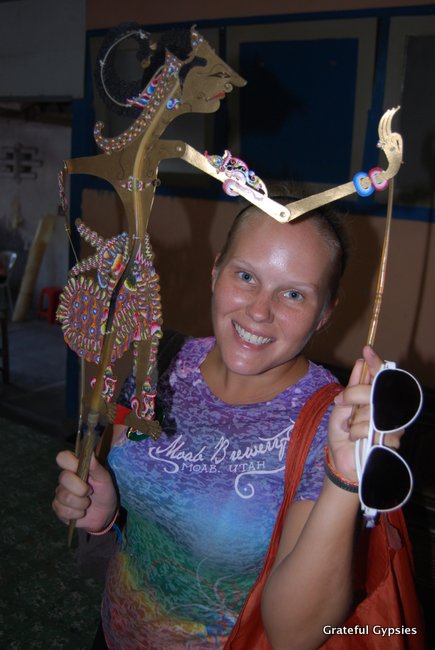
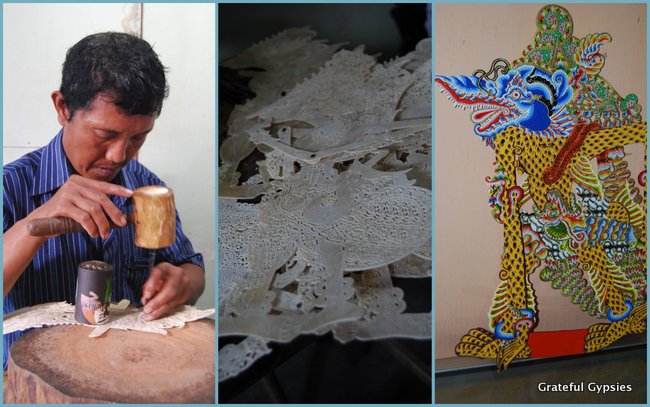
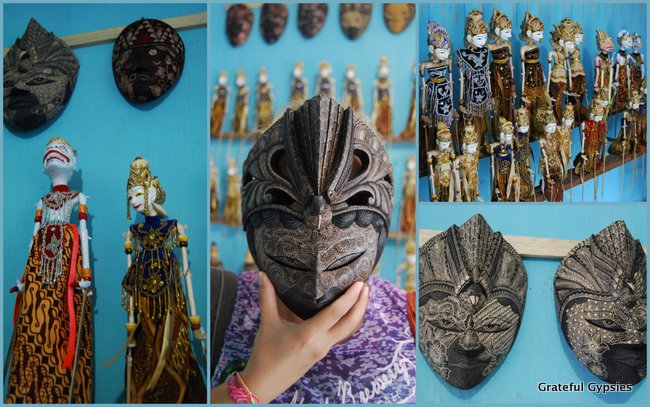
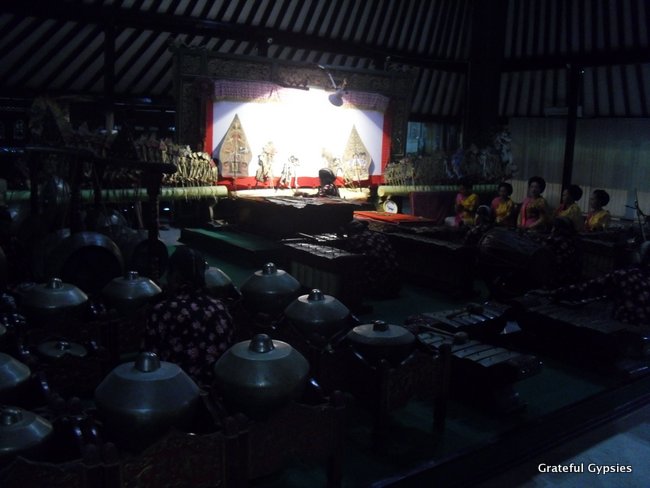
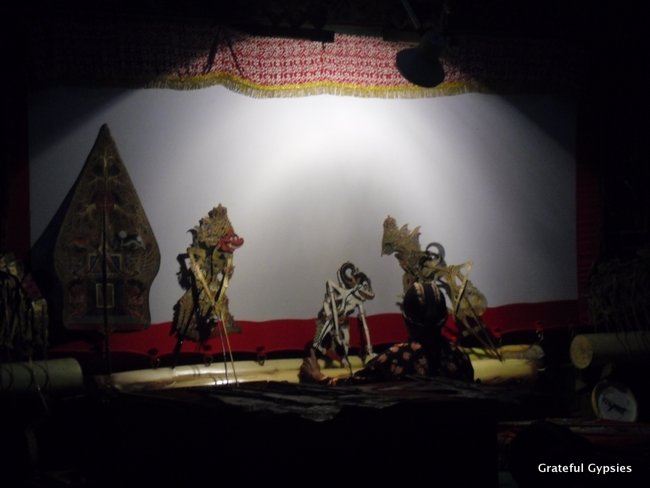


Comments:
Jennifer:
Hello
do you mind to let me know where you saw the making process of Wayang? Thanks a lot!
sasha:
@Jennifer I don’t remember exactly, but there are plenty of shops around Jogja. It’s very big there, so it’s not hard to find shops or see a performance. Definitely something you must do when visiting there!